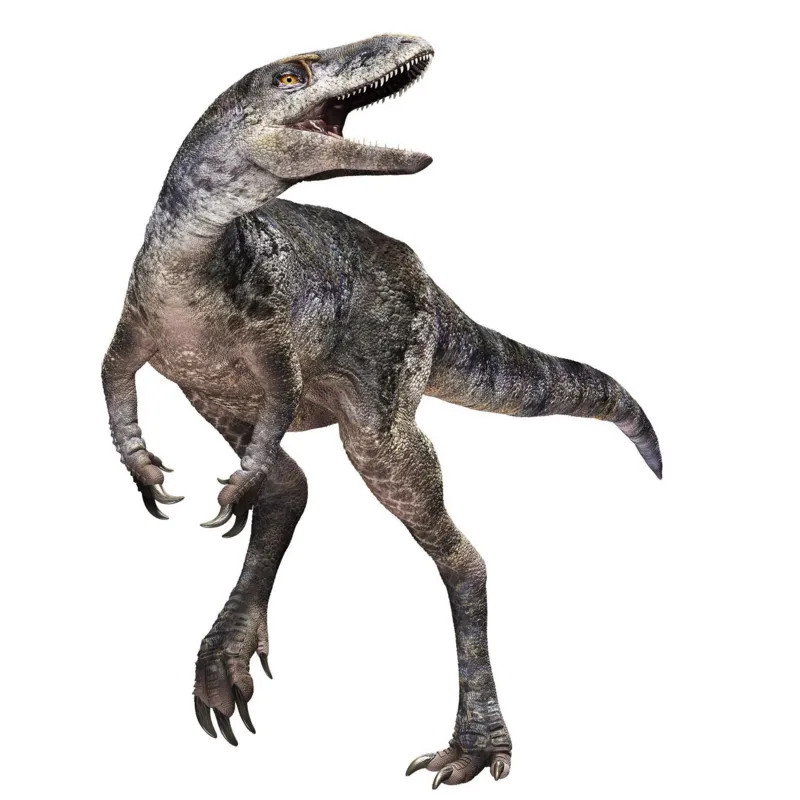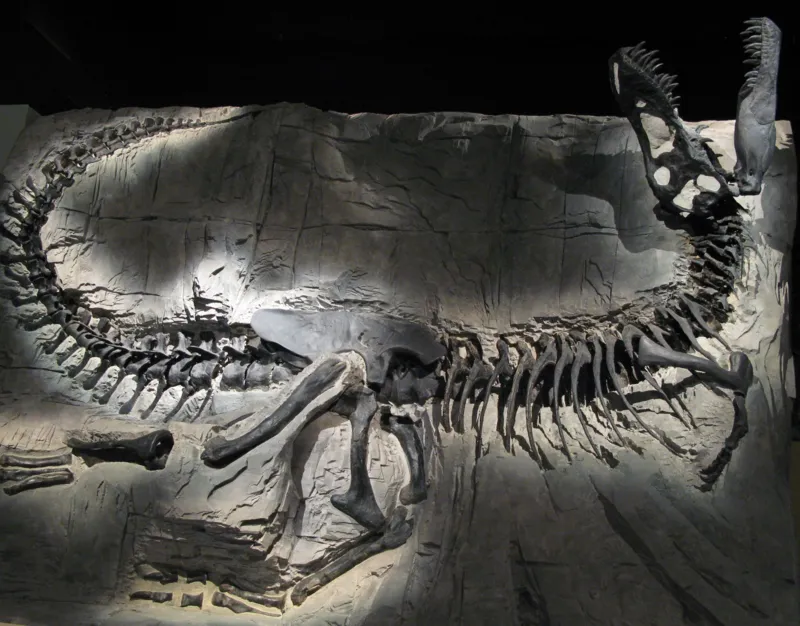
Credit: BBC
Scientists say the discovery of a hitherto unknown dinosaur species in a Mongolian museum’s fossil collection “rewrites” the story of tyrannosaur evolution.
Researchers found that two 86-million-year-old bones are the closest known relatives of all tyrannosaurs, which are powerful carnivores that include the well-known Tyrannosaurus rex. The newly discovered species has been dubbed Khankhuuluu mongoliensis, which means “Dragon Prince of Mongolia.”
This discovery sheds light on how tyrannosaurs evolved into the dominant carnivores that ruled North America and Asia until the dinosaurs were extinct.

From Tiny Hunters to Formidable Giants
“‘Prince’ signifies that this was an early, smaller member of the tyrannosauroid lineage,” said Prof. Darla Zelenitsky, a paleontologist from the University of Calgary. Tyrannosauroids were a superfamily of carnivorous, bipedal dinosaurs.
Interestingly, the earliest tyrannosauroids were far from the massive predators they later became.
“These were small, agile hunters that lived under the dominance of larger apex predators,” explained Jared Voris, the PhD student who co-led the study with Prof. Zelenitsky.
Khankhuuluu represents a watershed moment in evolution, spanning the gap between small, quick Jurassic hunters and huge tyrannosaurs such as T.rex. It weighed about 750 kg, making it much smaller than an adult T.rex, which may weigh up to eight times as much.
“This fossil serves as a crucial link between early tyrannosauroids and the later, more powerful species,” stated Zelenitsky. “It has reshaped our understanding of tyrannosaur evolution and their family tree.”
Important Evolutionary Changes
Early forms of characteristics that subsequently made tyrannosaurs such powerful predators, such as skull features that increased biting force, are also seen in the new species.
“Certain nasal bone features in Khankhuuluu eventually allowed tyrannosaurs to develop their incredible bite force,” Voris explained.
These adaptations enabled T.rex and its relatives to tackle larger prey and even crush bone.
Rediscovering a Misclassified Fossil
The two partial skeletons examined in the study were originally unearthed in Mongolia in the 1970s and mistakenly classified as Alectrosaurus. However, upon closer inspection, Voris noticed distinct tyrannosaur-like characteristics that distinguished them from known species.
“I still remember his text—he believed this was something entirely new,” Prof. Zelenitsky recalled.
Continental Migration and Evolutionary Expansion
The ability of these dinosaurs to traverse land bridges between Asia and North America—connecting Siberia and Alaska—played a key role in their diversification.
“Movement between continents over millions of years drove the evolution of different tyrannosaur groups,” Voris explained.
Prof. Zelenitsky added, “This discovery reminds us that before tyrannosaurs became the kings of the Cretaceous, they were once the princes of the dinosaur world.”